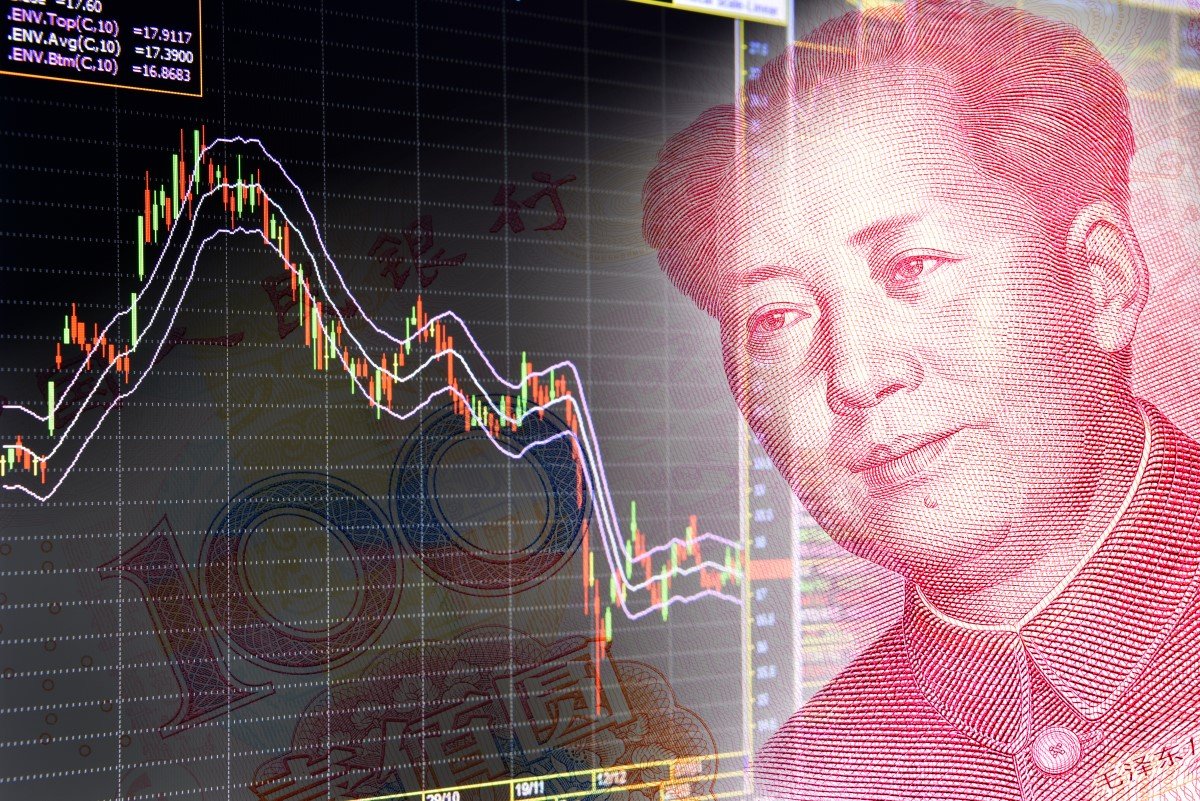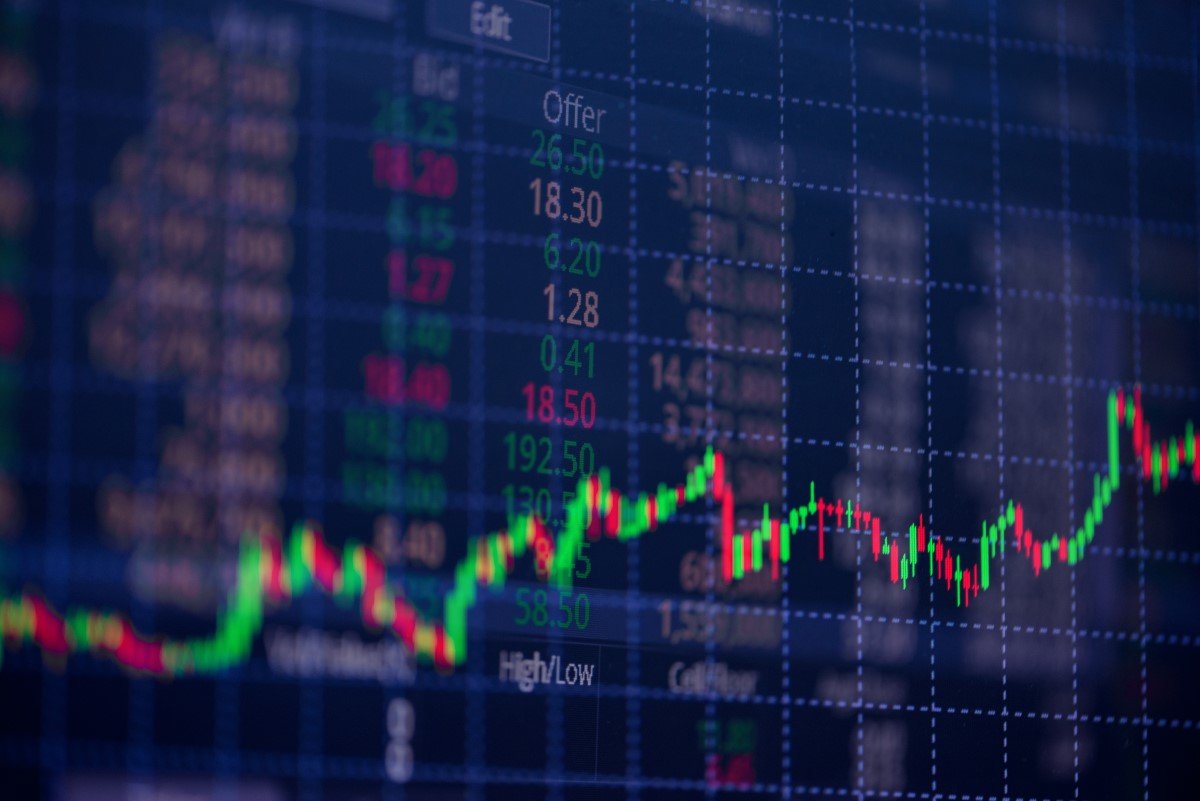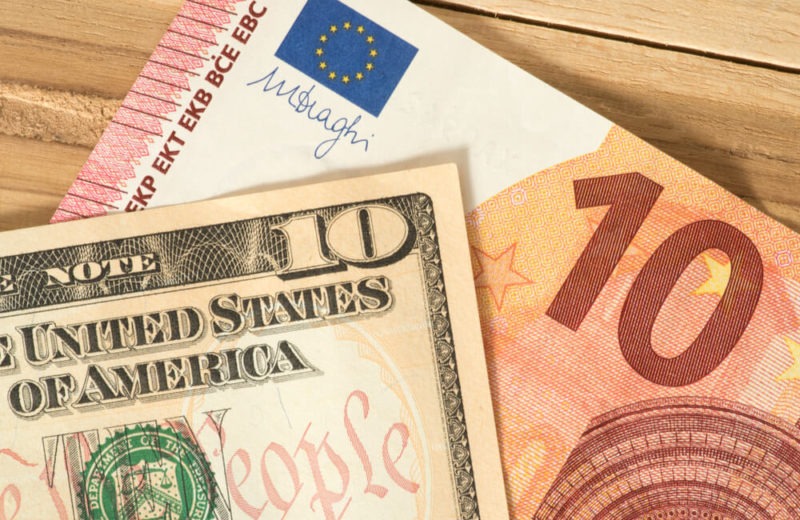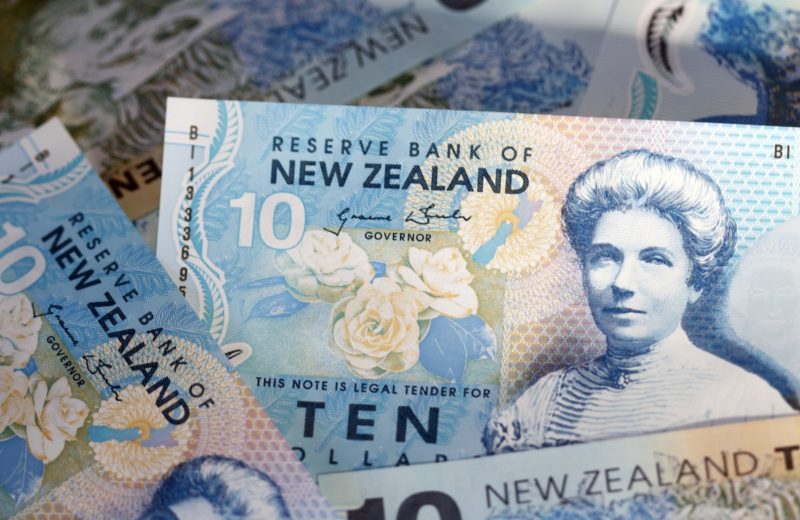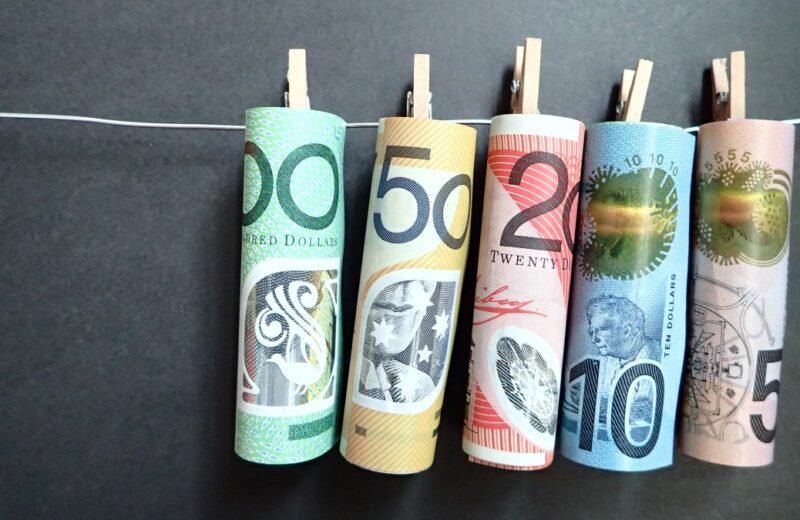According to Ishizuki, before August, the yen triggered stop-loss orders following the expiry of options that had kept the Japanese currency in a narrow range versus the dollar.
It was its most significant decline since August.
In the onshore market, on Thursday, the one-year LPR (loan prime rate) was cut ten basis points. Moreover, the five-year loan top rate was reduced by five basis points.
Thus, the yuan fell 0.9% to 7.0046 per dollar.
Policymakers were seeking to ease the drag to businesses from the coronavirus outbreak. Thus, on Monday, the loan prime rate cuts followed a similar move in the central bank’s rate of medium-term lending.
The outbreak of the virus led to temporary factory closures and some travel restrictions. Nevertheless, many households and companies will most probably struggle because of income lost because of illness. Thus, China’s manufacturing sector is gradually coming back online.
Australian Dollar
On Thursday, China reported a drop in new cases of the flu-like virus in the province of Hubei, the epicenter of the outbreak.
Moreover, it was accompanied by a change in diagnosis rules. Thus, data helped improving risk appetite in the currency market.
The Swiss franc is another haven. Versus the dollar, the franc quoted at 0.9832. It was close to its weakest since December.
Many traders are saying that they remain cautious. It is due to the previously unknown virus resulting in more than 2,000 deaths in China. Moreover, it spread to 24 other countries.
Meanwhile, data in Australia showed the jobless rate jumped to 5.3% in January from 5.1% in December. Thus, the Australian dollar skidded to $0.6641. It was a low not seen since March 2009.
Released earlier this week, a Reserve Bank of Australia meeting revealed that central bankers had considered easing policy. Thus, the Sentiment for the Aussie had already taken a hit after that meeting.
Check the best Broker Reviews



